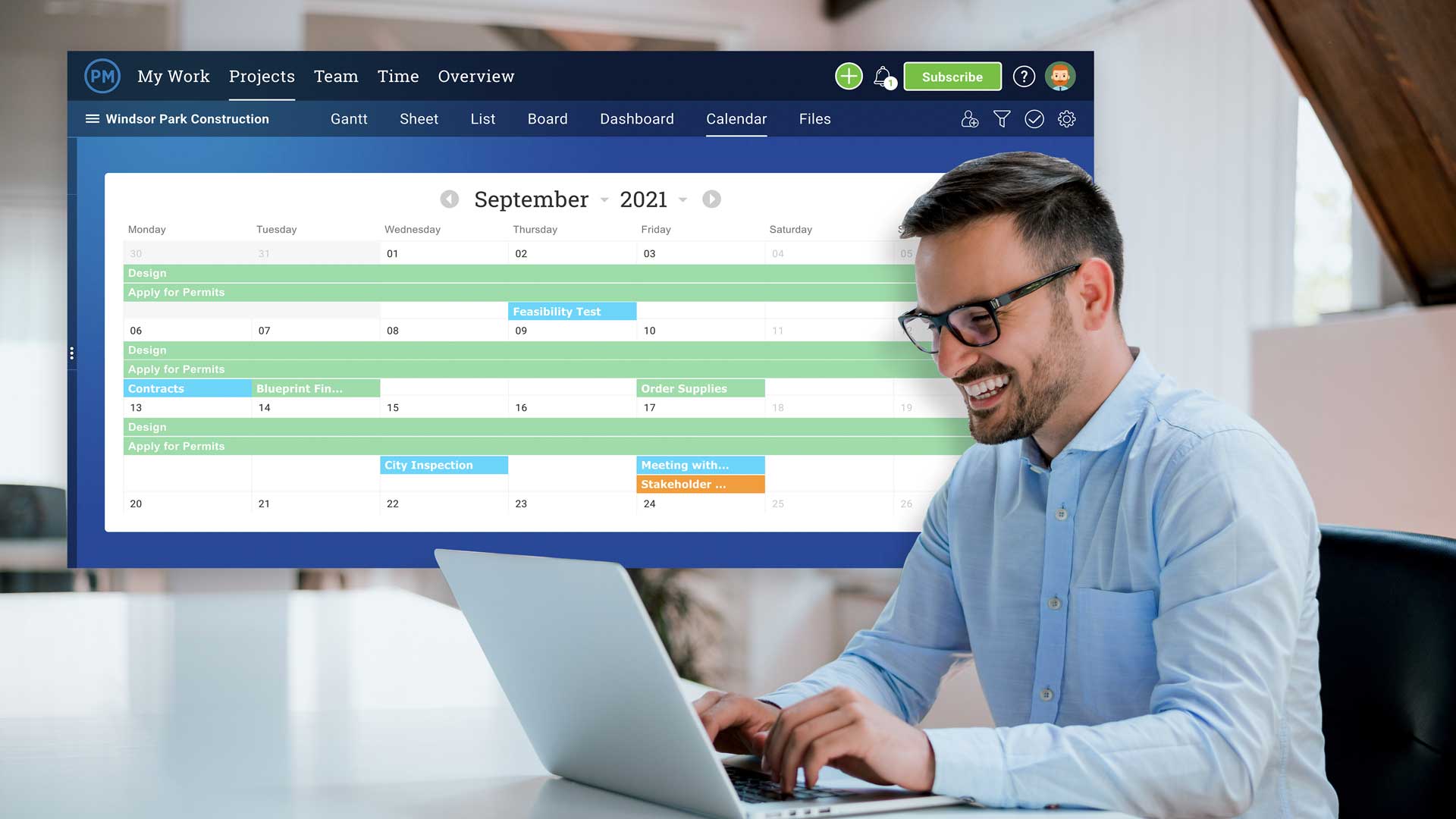PMBOK defines the project calendar as a resource which, “identifies working days and shifts that are available for scheduled activities. It distinguishes time periods in days or parts of days that are available to complete scheduled activities from time periods that are not available for work. A schedule model may require more than one project calendar to allow for different work periods for some activities to calculate the project schedule. The project calendars may be updated” (Project Management Institute, Inc., 2017). I have found project calendars essential for planning the next week, month or year of a project, and our team has come to rely on MS Teams for this work. Quincy Yarbrough explores the ins and outs of the project calendar at the link below. Read the article and then return and comment on how you’ve most effectively used project calendars in the past…
What Is a Project Calendar? A project management calendar is one of many formats for displaying a project schedule. In this case, the format is one we’re all very familiar with—regardless of our expertise with project management, we’ve all seen a calendar. For this reason, project calendars are an excellent way to share information about the project timeline with everyone on the team.
With that in mind, project planning calendars are a bit more complex than one you use in your everyday life. While their format is familiar, they include a wider array of information.
Why Are Project Management Calendars Important?
There’s a reason we still rely on a traditional calendar. They’re excellent tools for visualizing the passage of time and creating a schedule. Project managers rely on calendar views to illustrate schedules in an easy-to-digest style, often in conjunction with a Gantt chart, to display information as thoroughly as possible. That said, a project planning calendar is an excellent first step to take before mapping out a timeline.
…Read More »
The post How to Make a Project Calendar for Project Management appeared first on ProjectManager.com.
http://dlvr.it/S5Sx17
Project Management Institute, Inc. (2017). A guide to the project management body of knowledge.


